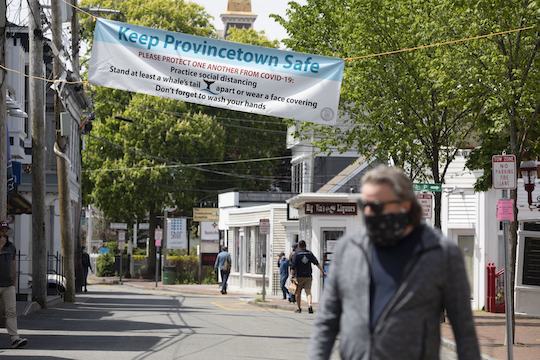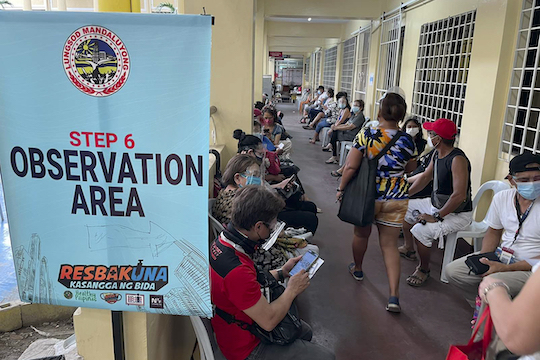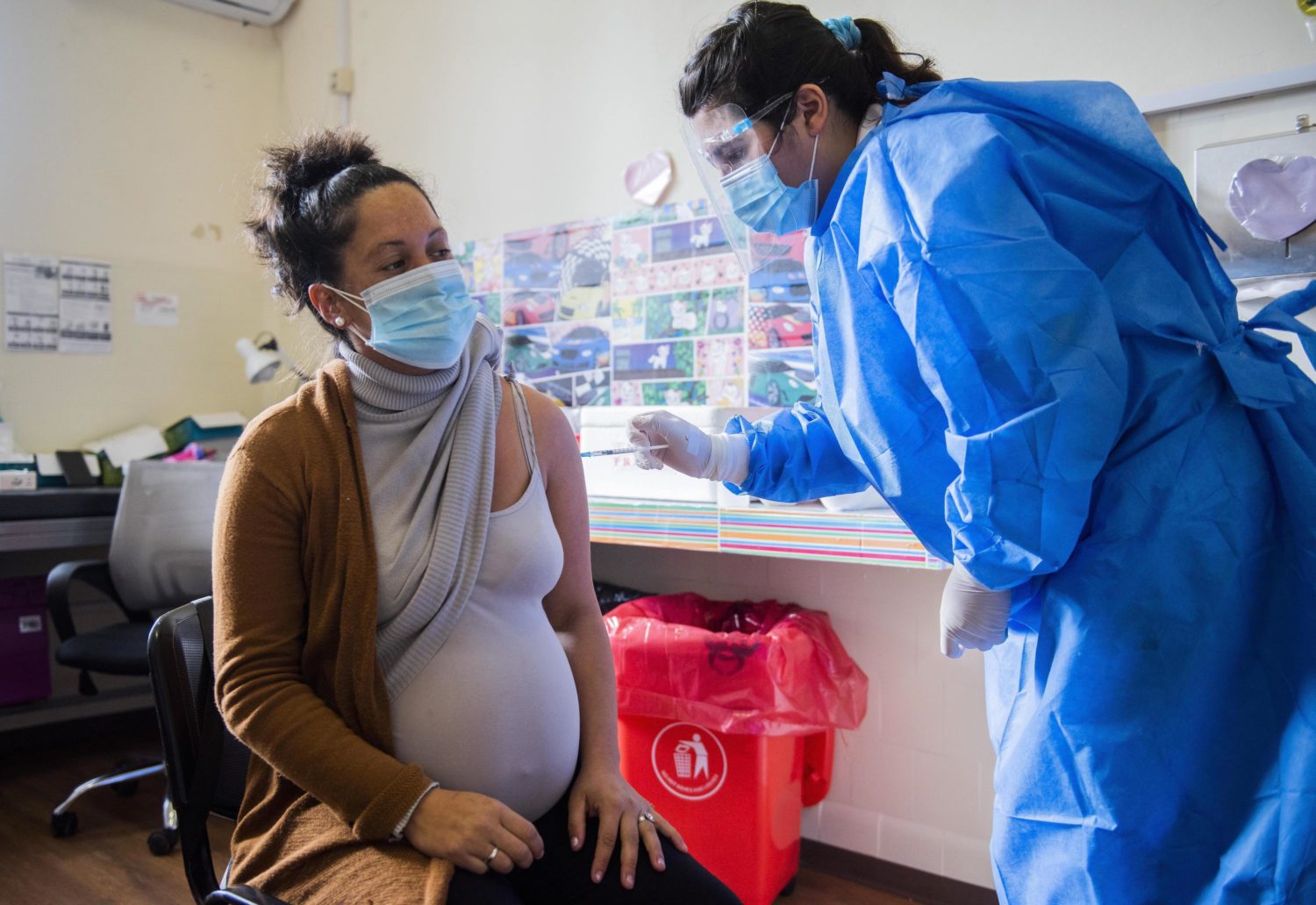Factually is a newsletter about fact-checking and misinformation from Poynter’s International Fact-Checking Network. Sign up here to receive it in your email every Thursday.
The void of uncertainty
The U.S. Centers for Disease Control and Prevention updated its guidance to strongly recommend pregnant women get vaccinated against COVID-19. However, the guidance revealed a data deficit around the impacts of COVID-19 vaccines on pregnancies, which First Draft highlighted in its July Vaccine Misinformation Insights report released last week.
These data deficits can lead to claims rushing in to fill a void of uncertainty. They can be a bane for fact-checkers. Early in the pandemic, concerns about COVID-19 and pregnancy were focused on the vulnerability of expectant mothers to the virus.
Kenyan fact-checking organization Pesa Check confronted a claim in April 2020 that said pregnant women were more likely to catch COVID-19. That claim took a Reuters article about pregnant women in malaria-prone areas out of context. The fact check noted there was a lack of evidence to suggest pregnant women were more likely to get the virus.
In January 2021, fact-checkers participating in the CoronaVirusFacts Alliance began to submit fact checks confronting claims about birth defects. Brazillian fact-checking organization Aos Fatos debunked a claim that Pfizer prevented pregnant women from participating as trial subjects because it knew the vaccine caused birth defects. Aos Fatos debunked this claim by pointing out that this is a common practice in many clinical trials, but once again noted there wasn’t enough information to definitively say what impact the vaccines had on pregnancies.
In February, Franco-American fact-checking organization Health Feedback checked a claim that vaccines caused miscarriages. It said the claim was unsupported because the data hadn’t established a causal relationship between vaccines and miscarriages and cited Pfizer and Moderna’s safety data that showed little to no adverse effects from the vaccines.
There is still limited data on birth outcomes, but this is to be expected given the first vaccines were given out in December 2020, and the term of a typical pregnancy is nine months. The CDC’s guidance is based on data that shows an increased risk of adverse effects for unvaccinated pregnant women who contract COVID-19 compared to their vaccinated counterparts. To ameliorate the lack of specific data, the agency cited studies that looked at the impact of similar vaccines on pregnancy such as the Ebola vaccine.
In December 2020, First Draft researcher Seb Cubbon offered a qualitative guide to fact-checkers on how to identify and get ahead of these deficits. He advised fact-checkers to look out for the novelty of a claim, whether it fits into a preexisting narrative, whether it provokes strong emotion, and whether it covers a topic that is technically complex.
Lastly, Cubbon emphasized that these deficits are born of legitimate questioning for which we do not have satisfactory answers. He advised fact-checkers to look out for the questions their audiences were asking to anticipate the misinformation narratives that might fill the void.
Interesting fact checks

AP Photo/Michael Dwyer
- FactCheck.org: “Posts Misinterpret CDC’s Provincetown COVID-19 Outbreak Report” (in English)
- Following an outbreak of 469 cases of COVID-19 in Provincetown, Massachusetts, over the July Fourth holiday, those seeking to discredit the effectiveness of vaccines cherrypicked a statistic that found 74% of those infected were vaccinated. FactCheck.org added context to that number saying it only represents those in the cluster rather than P-Town’s entire population, which can swell to as many as 60,000 during the summertime.
- Agence France Presse: “Posts about Afghan ‘comedian’ killed by the Taliban in 2021 misuse old photo” (in English)
- A comedian died in Afghanistan. His death was reported by The Washington Post and activists used a photo of a body wrapped in white cloth to rail against the cruelty of the Taliban. However, it turned out that the photo was of a different man killed in 2015. AFP used reverse image search to trace the photo back to a Voice of America article and then confirmed with VOA that the photo was from 2015.
Quick hits

AP Photo/Joeal Calupitan
From the news:
- “PNP to investigate disinformation blamed for huge crowds at vaccination sites,” from PhilStar.com. Falsehoods circulating in the Philippines claimed the unvaccinated wouldn’t be allowed to leave their homes or receive economic benefits from the government, which lead to a crush of Filipinos lining up to get vaccinated.
- “The social network for doctors is full of vaccine disinformation,” from CNBC. Users of Doximity, a social network that describes itself as LinkedIn for doctors, are seeing vaccine disinformation spread by other medical professionals in the form of comments on articles from reputable sources.
- “A new Plandemic-like misinformation video has earned tens of millions of Facebook engagements via streaming platforms,” from Media Matters. A video of a functional medicine doctor from Indiana making repeatedly debunked claims about masks and vaccines at a school board meeting went viral on YouTube and Facebook, earning up to 90 million engagements on Facebook alone.
For/from the community
- “The Mongolian Fact Checking Center fights misinformation in a country where the word doesn’t exist,” from Poynter. One of the newest IFCN Code of Principles signatories is navigating a culture reliant on word-of-mouth information while trying to introduce new techniques of fact-checking and debunking during the COVID-19 pandemic.
- “On the frontlines in the fight against dangerous misinformation,” from the World Health Organization, Africa. Ghana Fact Managing editor Rabiu Alhassan talked about the challenges of fighting COVID-19 vaccine misinformation, some of the forces aiding the spread of falsehoods and what everyday people can do to stop the spread.
- MediaWise is looking for an International Traning Manager to help extend its media literacy curriculum across the globe. The deadline to apply is Sept. 1 — Click here to apply.
Events & Trainings

- The first edition of Poynter’s newest newsletter, Open Tabs, drops tomorrow, Friday, Aug. 13. Managing editor Ren LaForme serves up his recommendations for the three must-read stories of the week from Poynter’s media coverage, including deep dives into ethics, trust and tech. Subscribe to get Open Tabs here.
- Poynter’s digital literacy initiative MediaWise released the latest update of its MediaWise for Seniors course offering new tips and tricks for sussing out facts from fiction online. The first 25,000 enrollments are free thanks to the generous support of Facebook and the AARP. Click here to sign up.
If you are a fact-checker and you’d like your work/projects/achievements highlighted in the next edition, send us an email at factually@poynter.org by next Tuesday.
Any corrections? Tips? We’d love to hear from you: factually@poynter.org.
Thanks for reading Factually.







